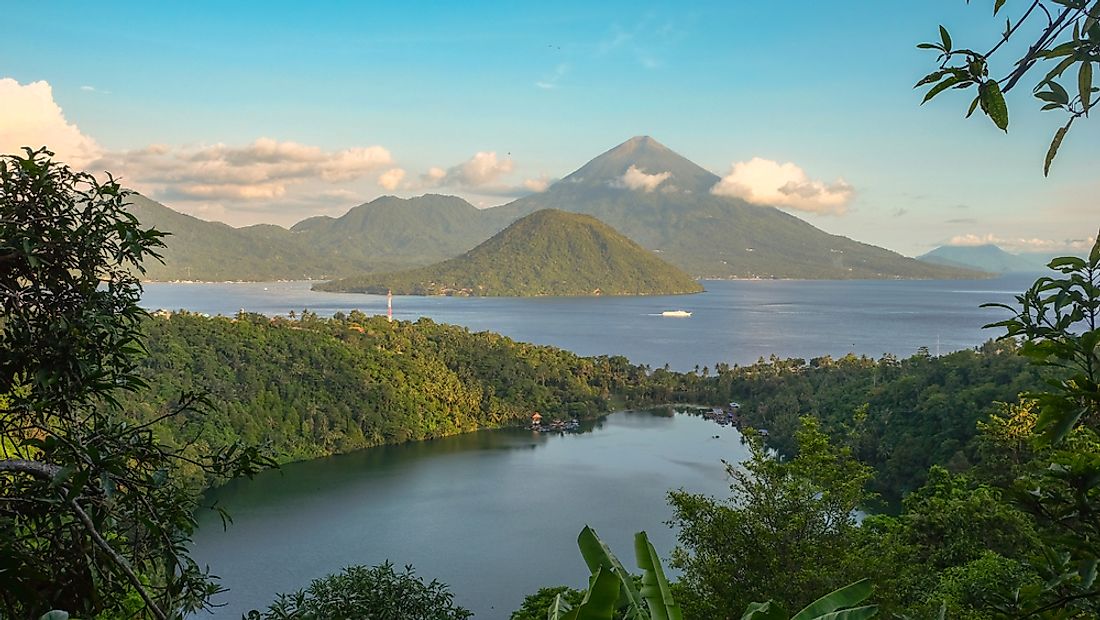Where Are The Maluku Islands Located?

The Maluku islands are an island archipelago located in the Banda Sea. They are part of Indonesia, situated in the Eastern part of the country. They are sometimes called the Moluccas, and at other times called the Spice Islands. They lie between New Guinea and Celebes.
Geography of the Maluku Islands
The Maluku Islands comprises of approximately 1,027 islands over a total area of 850,000 sq km, of which 90% is sea. Halmahera and Seram are the two largest islands, while sparsely populated, and Ambon and Ternate are the most developed islands. The islands are mainly mountainous and forest-covered, while some are swampy and flat. Several of the islands are volcanic in origin. Seram is home to the highest mountain, Mount Binaya at 3,027m. The Maluku Islands sit on the meeting point of two continental blocks and four geological plates. As such, it is one of the most active regions in the world. Earthquakes and volcanic eruptions are common.
History of the Maluku Islands
The Spice Islands have had a particularly violent history, having been part of wars fought by countries which wanted to gain control over the trading of spices found on the islands. Initially, the trade on the island had been in the hands of Asian traders. However, in 1512, a ship under the control of the Portuguese trader Francisco Serrao arrived on Maluku, the first European vessel to ever dock on the Maluku islands. Serrao’s arrival destabilized the balance that had been carefully constructed and maintained in the area over the course of hundreds of years. The newcomers built forts on the islands to protect their centres of trade. However, in time, these forts morphed into naval bases and thus brought a schism between the locals and the foreign traders.
The Portuguese had overall control in the Banda Sea until the Dutch arrived, attacked them, and expelled them from the islands. During this period of Dutch control, the Spice islands became arguably the most valuable piece of real estate in the world. The Dutch East India Company was formed in 1602, to enable an effective Dutch rule over the area. However, this brought them into conflict with the British who had arrived in the area in 1579 and consequently planted a British flag on the island of Run in 1603.
In 1667, the British and the Dutch signed the Treaty of Breda which led to the end of hostilities between the two European nations and led to the Dutch gaining sole control of the area. The Dutch remained the dominant power in the Spice Islands until the 1770s when the French arrived in the area.
The Economy of the Maluku Islands
As the name ‘Spice Islands’ suggests, spices are an important part of the local economy. The dominant spice in the islands is nutmeg, which is indigenous to the region. The islands also have mace and cloves, which, together with nutmeg, are what the foreign powers that came to the region wanted control of. Nowadays, however, visitors to the area do not come in search of spices. Rather a huge majority of them come to scuba dive and to enjoy the rich marine life the archipelago is blessed with. This is not an altogether new activity as, as early as 1854, the British historian, Alfred Wallace spent 8 years in the area, and collected as many as 125,660 specimens of what he called natural history. Other economic activities in the area include diving for pearls, gold mining, fishing, and farming.
Demographics of the Maluku Islands
The people living in the Maluku islands are Indonesian citizens. Their ethnic makeup is mostly reflective of the different immigrant populations who have lived on the islands in the past centuries: There are the Javan people and the descendants from Dutch, Portuguese, French and British immigrants to the nation. The main language spoken on the islands is Malay, though there is a heavy Dutch influence in this dialect. Most people on the islands are adherents of Islam but pockets of Christian population are spread throughout the archipelago.











